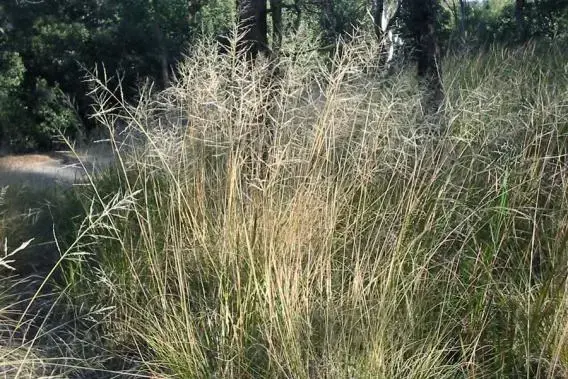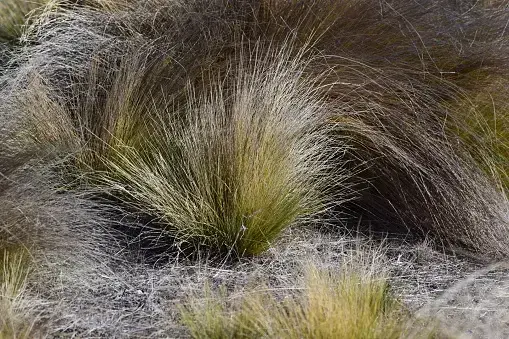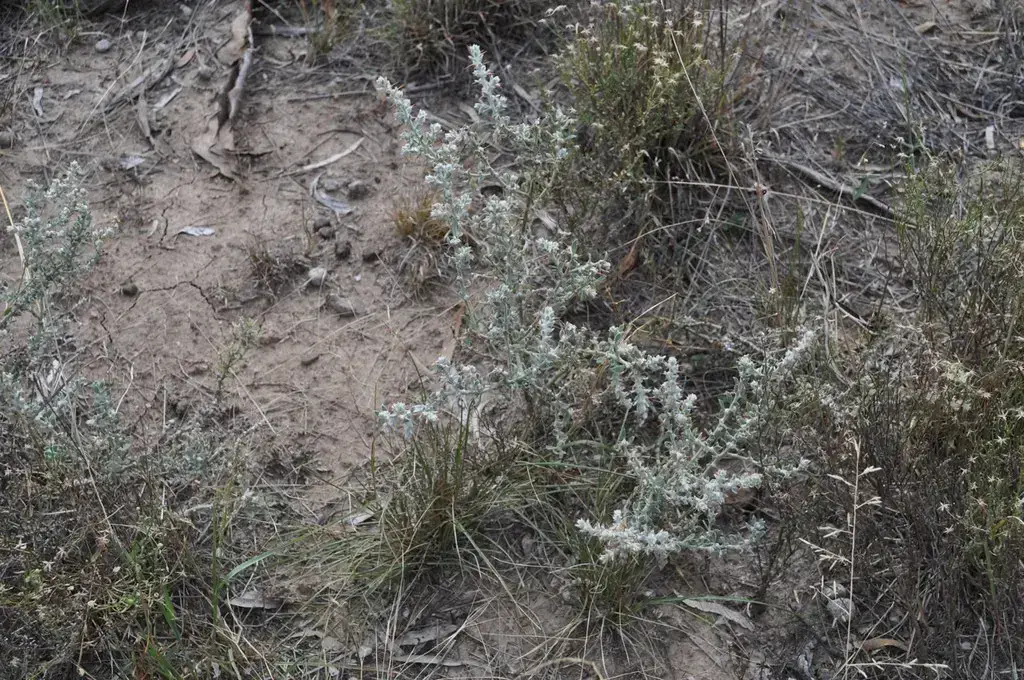by Greg Hosking & Richard Thackway
Weeds are one of the major problems affecting Australia’s natural ecosystems and agricultural vegetation. Weeds have major impacts on the health, safety, amenity, economic well-being and quality of life of Australians (McNaught et al. 2006). However, deciding what is and isn’t a weed is complicated but important. Statements such as “all plants are good” or “all non-native plants are weeds” are inflexible statements and do not encourage viewing the environment in question as a system made up of numerous functioning parts.
The Cambridge Dictionary definition of a “weed” is any plant that is considered to be undesirable in a particular location (Dictionary 2016). It is a rather loose definition; it is open for personal interpretation. For example, the blackberry (Rubus fruticosus agg.) was brought to Australia from Britain in the 1840’s, it was introduced for its fruit and suitability for growing into hedges (DPIE 2020). Shortly after introduction, the plant spread widely throughout the south-east of Australia choking up waterways and pastures and by the 1880’s many people considered it to be a weed (DPEI 2020). However, some people look for the positive effects that weeds can provide in an environment. In landscapes that have been highly modified for agricultural production Blackberry bushes provide habitat for smaller bird species such as the superb fairywren (Malurus cyaneus) (Nias 1984). Whilst providing habitat for a few species of birds is important, the value of this service must be considered alongside the negative impacts weeds can have on the environment.
Some plants are labelled as “weedy” because of their ability to outcompete other plants, invade and colonise disturbed land and create monocultures. Monocultures caused by invasive species can have detrimental effects on local wildlife, reducing their habitat and food supplies (Ferdinands et al. 1984). A characteristic of many weeds is their ability to more successfully occupy some locations where native plants once thrived, thus pushing native plants to the fringes. For some species this results in localised extinction and in extreme cases can result in total species extinction (Groves & Willis 1999). In some agricultural landscapes some weed incursions have proven so extreme that agricultural production is forced to stop completely. The prickly pear invasion of the 1930s in central Queensland is a case in point.
Currently in Australia some plants are considered to be noxious weeds and various state governments legally require that landholders must undertake methods to control noxious weeds, failure to do so can result in fines. African lovegrass (Eragrostis curvula) and serrated tussock (Nassella trichotoma) are two examples of plants which must be controlled within the state of New South Wales (NSW DPI 2019). African lovegrass and serrated tussock are known for their ability to outcompete other grass species, native and non-natives alike, they are both largely unpalatable with little nutritional value for livestock or native animals (NSW DPI 2019). Strong cases have been made for actively controlling and removing African lovegrass (Curhes et al. 2009) and serrated tussock (Sinden et al. 2004).


There are, however, those who advocate for the value of weeds: permaculturists use the term “naturalised” rather than “invasive” species. This term change within the permaculture movement stems from the consideration that all plants can be useful and provide a function to the environment (Holmgren 2011). Their argument is that naturalised species fill an important function/s which was previously lacking from the environment. An example of a weed which provides an ecological function is galvanised burr (Sclerolaena birchii). It is native to the rangelands of Australia and appears typically after periods of drought and is found in areas that have been highly disturbed e.g. overgrazed by livestock. Galvanised burr acts as a scab, covering bare ground and aiding soil health in repairing after periods of high stress (Auld 1981). As such, invasive plants like galvanised burr can be used an indicator of land condition.

Within the regenerative agriculture movement there is no uniform idea or opinion of weeds. Some land managers subscribe to the theory that every plant has a function and should be promoted whilst others recognise the damage particular plant species can cause. Some regenerative land managers in grazing landscapes have shown that their understanding of the vulnerabilities of weed ecology and biology can be used to control and remove weeds. For example, promoting the succession of pasture species through paddock rotations involving intensive short grazing periods combined with long recovery times without any grazing can result in weeds being outcompeted by desired pasture species.
The term “weed” means many different things to many different people. When assessing if a plant is a “weed” it is worth considering that some plants that are considered weeds can provide valuable ecological functions at different times and in certain circumstances. Conversely, plant species which dominate an ecosystem and cause extinction of other species through the creation of monocultures should not be encouraged, either inadvertently or deliberately. Use of the term “weed” should be used advisedly and should involve consideration of the likely positive and negative effects that a plant species has on the landscape.
References:
Auld, B.A. (1981). Aspects of the population ecology of Galvanised Burr (Sclerolaena birchii). The Rangeland Journal, 3(2), pp.142-148.
Curhes, S. Leigh, C. and Walton, C. (2009). Weed risk assessment: African lovegrass Eragrostis curvula.
Department of Planning, Industry and Environment. (2020). Blackberry. [online] Available at: https://www.environment.nsw.gov.au/topics/animals-and-plants/pest-animals-and-weeds/weeds/widespread-weeds/exotic-vines/blackberry [Accessed 7 March 2020].
Dictionary, o. (2016). weed Meaning in the Cambridge English Dictionary. [online] Dictionary.cambridge.org. Available at: http://dictionary.cambridge.org/dictionary/english/weed [Accessed 7 March 2020].
Ferdinands, K., Beggs, K. and Whitehead, P. (2005). Biodiversity and invasive grass species: multiple-use or monoculture?. Wildlife Research, 32(5), pp.447-457.
Groves, R.H. and Willis, A.J. (1999). Environmental weeds and loss of native plant biodiversity: some Australian examples. Australian Journal of Environmental Management, 6(3), pp.164-171.
Holmgren, D. (2011). Weeds or wild nature: a permaculture perspective. Plant Protection Quarterly, 26(3), p.92.
McNaught, I., Thackway, R., Brown, L., and Parsons, M. (2006). A field manual for surveying and mapping nationally significant weeds. Bureau of Rural Sciences, Canberra.
Nias, R. C. (1984). Territory quality and group size in the superb fairy-wren Malurus cyaneus. Emu 84: 178-180.
NSW Department of Primary Industries. (2019). African lovegrass (Eragrostis curvula) [online]. Available at: https://weeds.dpi.nsw.gov.au/Weeds/Details/3 [Accessed 7 March 2020].
NSW Department of Primary Industries. (2019). Serrated tussock (Nassella trichotoma) [online]. Available at: https://weeds.dpi.nsw.gov.au/Weeds/Details/123 [Accessed 7 March 2020].
Sinden, J. Jones, R. Hester, S. Odom, D. Kalisch, C. James, R. Cacho, O. and Griffith, G. (2004). The economic impact of weeds in Australia. Technical Series, 8.




